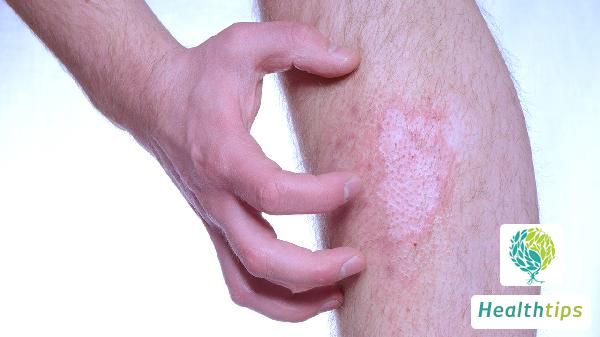Are the containers for TCT and HPV tests the same?
Differences Between TCT and HPV Examinations
TCT and HPV examinations are two distinct tests, with samples collected separately into two different specimen bottles, necessitating the use of different bottles. Below is a detailed explanation of each:

1. TCT Examination
Also known as cervical cytology examination, TCT enables the detection of abnormal cervical cells, aiding in the assessment of precancerous cervical lesions or cervical cancer. During the procedure, a specialized TCT specimen bottle and brush are used. The doctor employs a vaginal speculum to access the vagina, exposing the cervix. After wiping with a cotton swab to collect secretions from the cervical os, the TCT brush is then rotated clockwise around the cervical os for approximately 10 turns. The brush head is then detached and placed into a bottle containing fixative solution for analysis.
2. HPV Examination
HPV, or human papillomavirus, testing aims to identify the presence of HPV infection in the cervix, crucial for assessing the risk of cervical cancer. During the test, exfoliated cervical cell tissue is collected using a soft brush to sample cells from the cervical surface. These cells are then placed in a small bottle for submission.
Importance of Combined TCT and HPV Screening
The combination of TCT and HPV testing is of great significance in cervical cancer screening. Concurrent positive HPV results and abnormal TCT findings may indicate cervical lesions, necessitating prompt medical attention. Treatment options, including medication, physical therapy, or loop electrosurgical excision procedure (LEEP), will be determined based on the patient's condition.



















